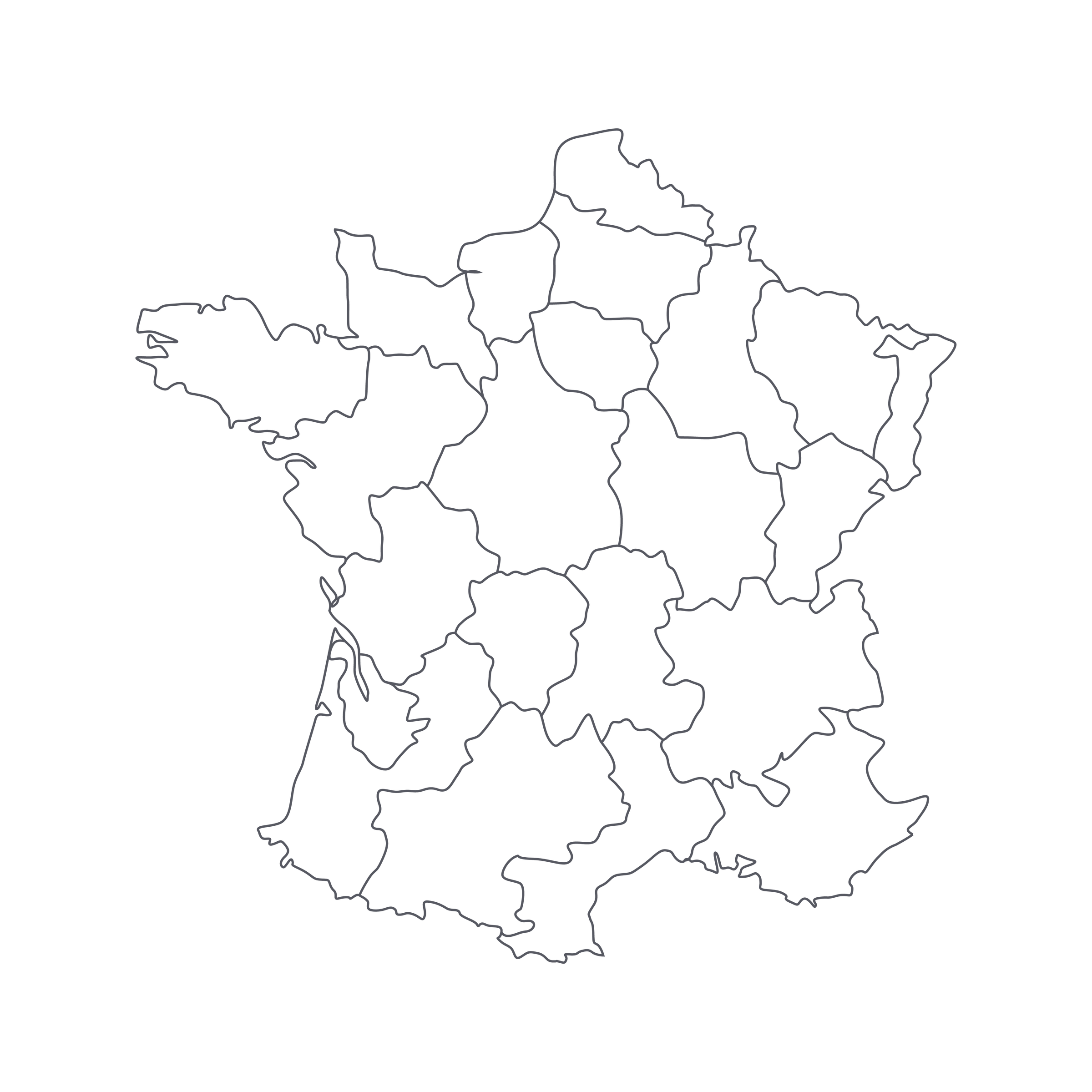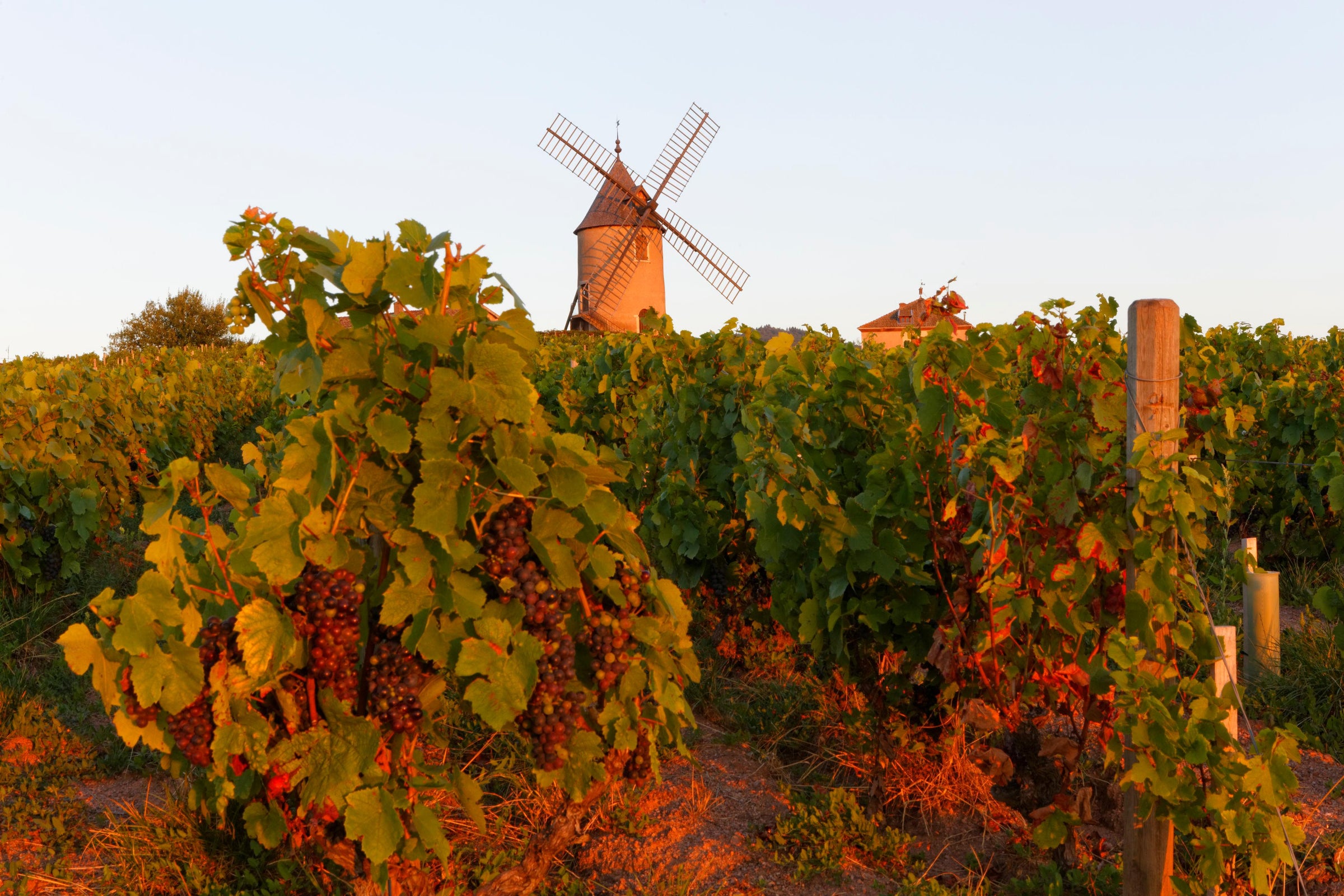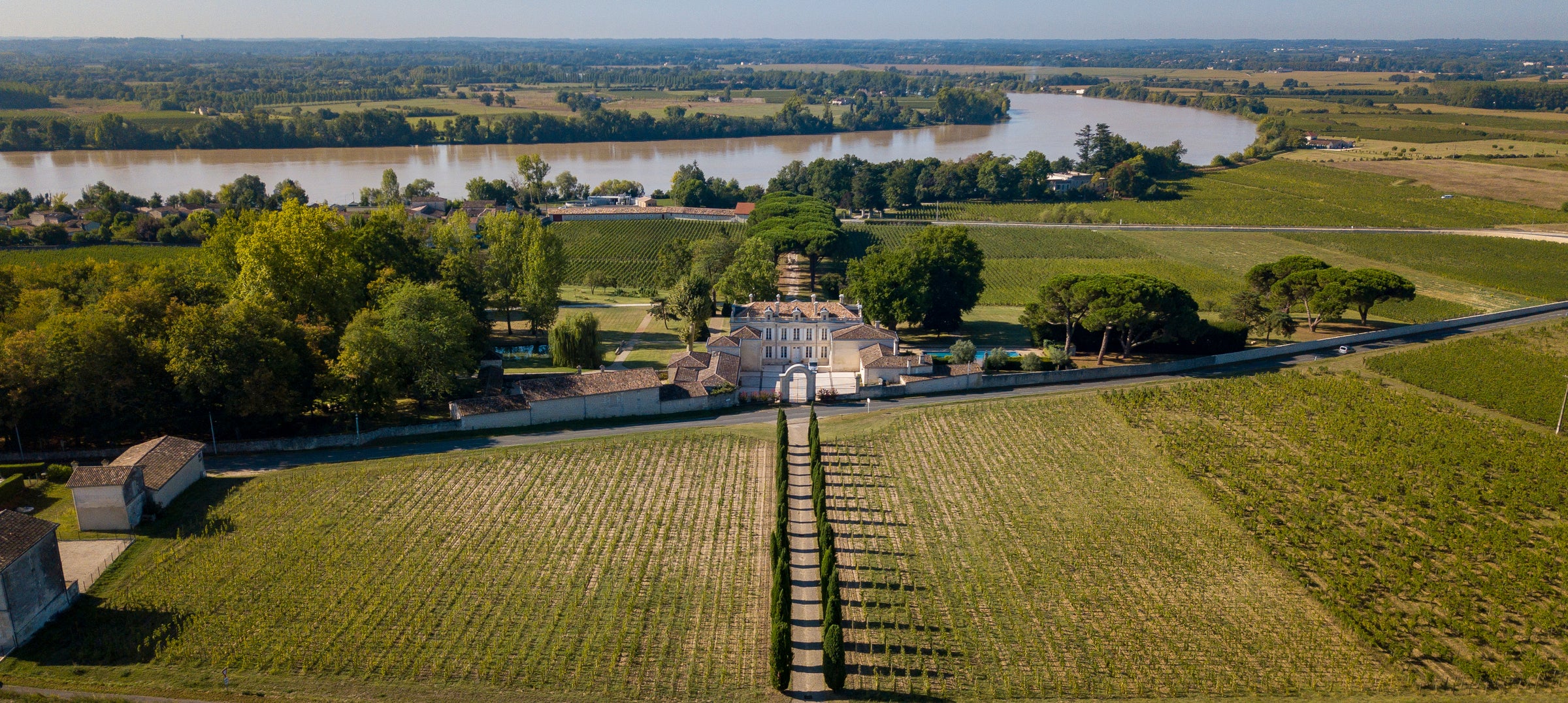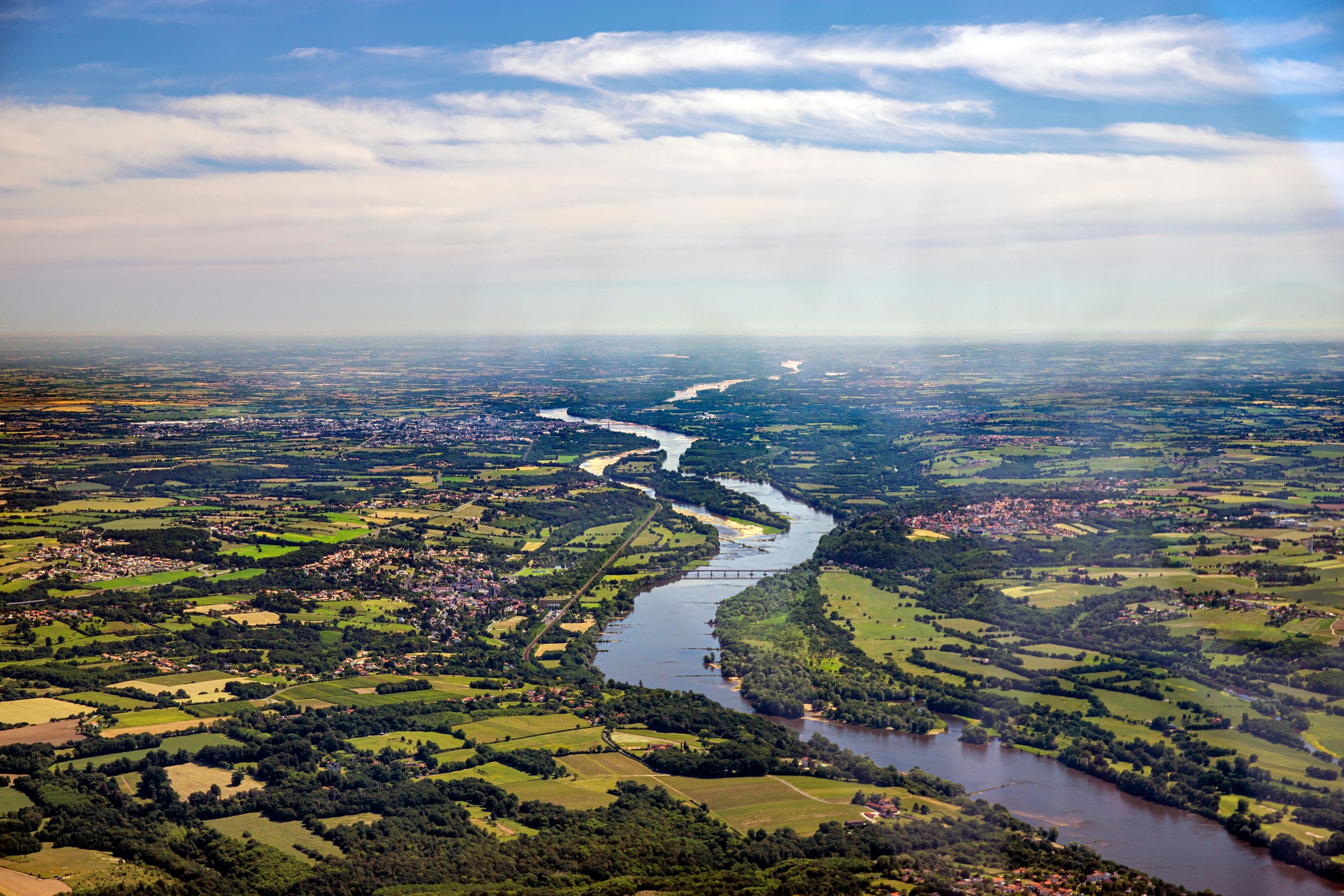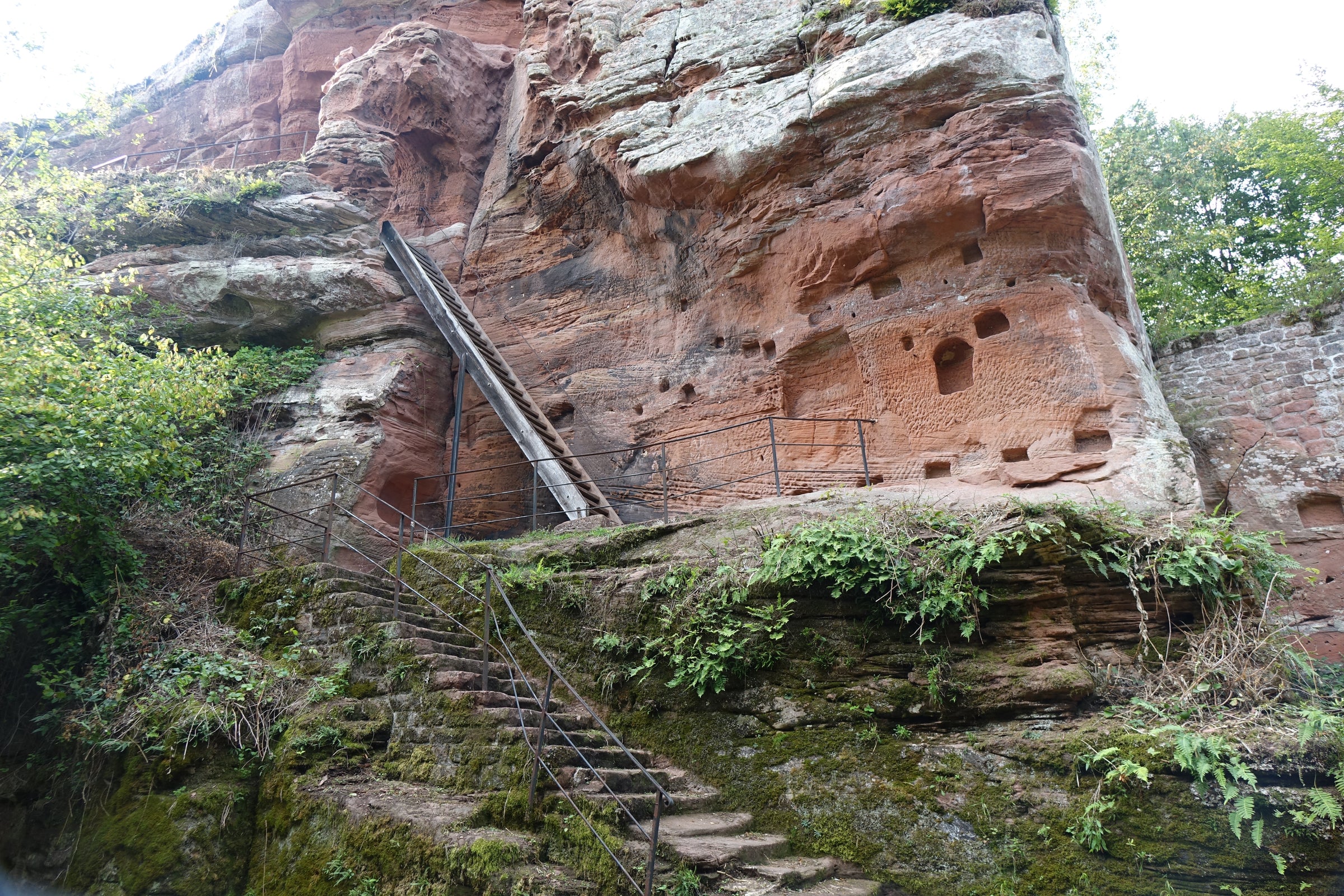Lucien Le Moine is without a doubt among Burgundy’s most hands-on, inimitable, and rarefied labels. Incredibly, they’ve only been in existence since 1999, but I’m certainly not alone in saying these thundering, room-quieting wines—their Clos de Vougeot, most notably—is one of Burgundy’s best. Located just below Musigny and Grands-Echézeaux, Grand Cru Clos de Vougeot is one of the very top vineyards in the world and today’s mind-blowing offer shows just how complex and deep a wine can be from this fabled site.
Only two people run the micro-négociant cellar of Lucien Le Moine, husband-wife team Mounir and Rotem, and they’re adamant about sourcing only from Premier and Grand Cru vineyards. Regardless of exceptional vintage or pedigreed terroir, they never bottle more than three barrels from each vineyard because it is (from Mounir himself) “the only way for us to be able to do everything by hand and by ourselves.” Obviously, with just ~75 cases originally produced in a world where people are voraciously buying Burgundy’s finest and rarest, there isn’t much of Lucien Le Moine’s 2013 Clos de Vougeot left. Our tiny allocation can only support three bottles per customer, so you can expect this impeccable Grand Cru to vanish quickly!
Many of you are familiar with the Le Moine story by now, but for those who aren’t, it’s a good one: Lucien Le Moine is not an actual person, but an invented name translating roughly to “the enlightened monk,” referencing co-founder Mounir Saouma’s lengthy winemaking tenure at a Trappist Monastery in his native Lebanon. In 1999, Mounir and his wife, Rotem—herself a native of Israel who studied agriculture in Dijon—purchased an old, cold cellar in Beaune and worked what must have been an impressive Rolodex to source wines from the very best vineyards in the Côte d’Or (again, only Premier Cru and Grand Cru sites). In any given vintage, the couple produces a massive array of wines (in extremely low quantities), selecting them just after pressing from their grower-partners and ‘raising’ them in custom-crafted barrels of tight-grained oak from the Jupilles forest. Clearly, theirs is a fanatical, hands-on operation.
The Saoumas are described as both exacting technicians and non-interventionists. Once they’ve selected a wine, it goes into barrel for malolactic fermentation, which often doesn’t commence until the summer following the vintage because their cellars are so cold. The wines are aged for extended periods with 100% of their lees (the spent yeast cells left over from fermentation), and are never racked (decanted from one barrel to another, which both oxygenates wines and separates it from the lees) during this period. This style of élevage enables the Saoumas to keep sulfur use to an absolute minimum, and as such these wines always require decanting, to disperse trapped CO2 (which acts as an preservative instead of sulfur). It’s an interesting mix of the “modern” and the “traditional,” displaying a fascinating combination of polish and earthy soul. His 2013 “Clos de Vougeot” aged on its fine lees for 23 months in 100% new French oak barrels before it was bottled unfined and unfiltered.
Lucien Le Moine’s 2013 Clos de Vougeot reveals a superbly deep ruby color with bright flashes of garnet. Compared to what some Clos de Vougeot wines deliver (over 80 producers make wine in this walled vineyard), this is in its own elite league. Those that are extra-curious to try a bottle now—decant, decant, decant! Let it soak up oxygen for at least two hours, go longer if you can, before testing the waters. You’ll be rewarded with impeccably fine notes of candied cherry, cacao, black raspberry, licorice, black cherry blossoms, anise, cloves, damp violets, with a hint of cured meat and fine leather—these only continues developing as the wine is further exposed to oxygen. This Clos de Vougeot is nearly full-bodied, with a silky, luxurious air and a slight rusticity which is classic to this site. It’s elegant and utterly refined, yet it builds with savory, even spicy flavors that burst alongside supple red and black fruits. When consuming, be sure that the wine is around 60-65 degrees and serve in your finest, largest Burgundy stems. But please, leave two bottles behind in your cellar, opening your second bottle around 2023 and your third and final bottle in 2033. Take notes on it too—because you’ll be amazed at its breathtaking evolution. This is a special wine and it calls for a special occasion, so either let it elevate a fine dining experience (be sure to double decant prior!) or impress a significant other at home with a spice-rubbed venison loin basking in a red wine sauce. Cheers!


